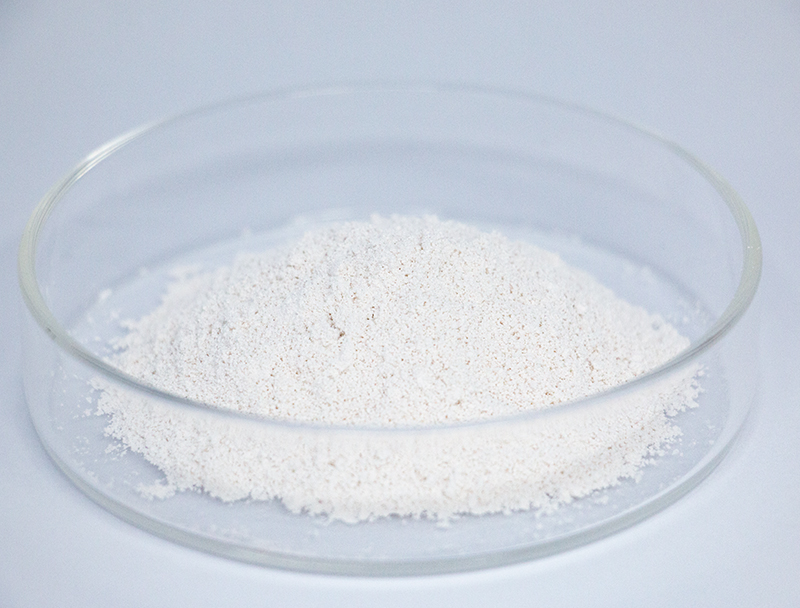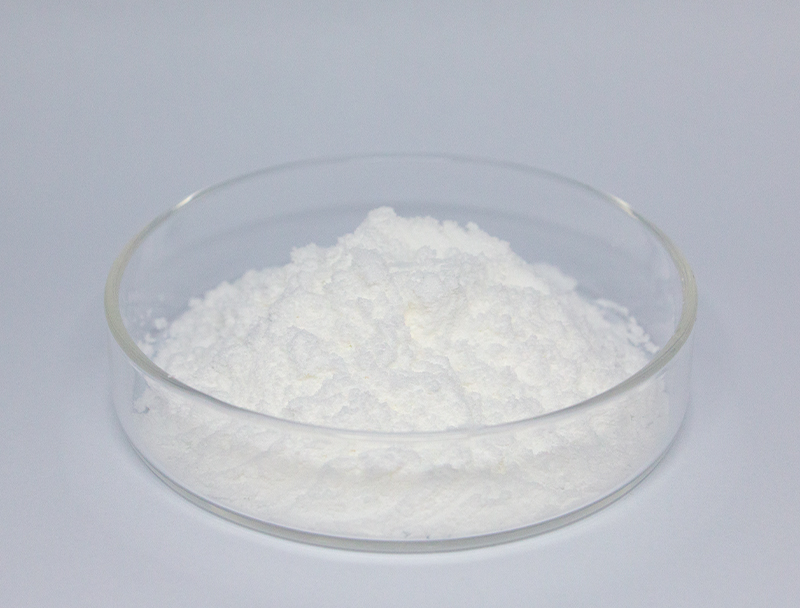
Modern biofabrication is grounded in a vast array of raw materials to produce innovative bio-based products.
Preserving durable supply chain sourcing remains essential to industry resilience and responsible expansion.
many concerns related to standard raw input procurement for instance pollution and systematic depletion of reserves. Hence, stakeholders must deploy sustainable supply practices to minimize environmental costs.
- Examples of sustainable sourcing practices include:
- Applying circular feedstocks from post-harvest streams
- Establishing regenerative loops to cut waste and elevate material utilization
- Forging alliances with neighborhood suppliers supporting green sourcing
Moving toward responsible sourcing creates ecological improvements and economic resilience.
Enhancing Biomass Composition for Superior Biofuel Results
Optimizing biofuel yields depends strongly on feedstock quality and makeup. Experts maintain efforts to discover ways to maximize feedstock value, delivering enhanced conversion and a more resilient energy mix. Strategies feature genetic optimization to raise biomass yield plus pretreatment to depolymerize plant polymers into sugars.
- Concurrently, efforts examine seaweed, industrial byproducts, and crop residues to increase the variety of renewable feedstock alternatives for fuel production.
- With persistent development the field will likely demonstrate notable gains that foster a more sustainable energy system.
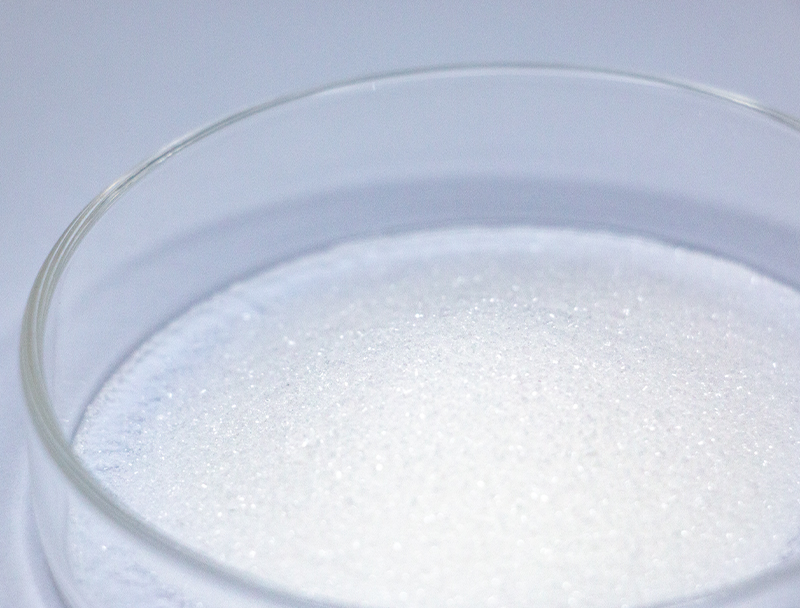
Biopharmaceutical Production: Innovations in Upstream Processes
entails beginning production stages such as cell growth and biomass recovery Modern progress within the sector has contributed to more efficient processes and higher production.
Pivotal enhancements embrace high-performance cell lines, balanced media compositions, and intelligent reactor control systems. These refinements escalate production and lower expenses and environmental strain.
- Concurrently, continuous manufacturing approaches bring amplified flexibility and more consistent upstream outcomes.
- Transitioning to refined production methods has the potential to overhaul the industry and expedite new treatments.
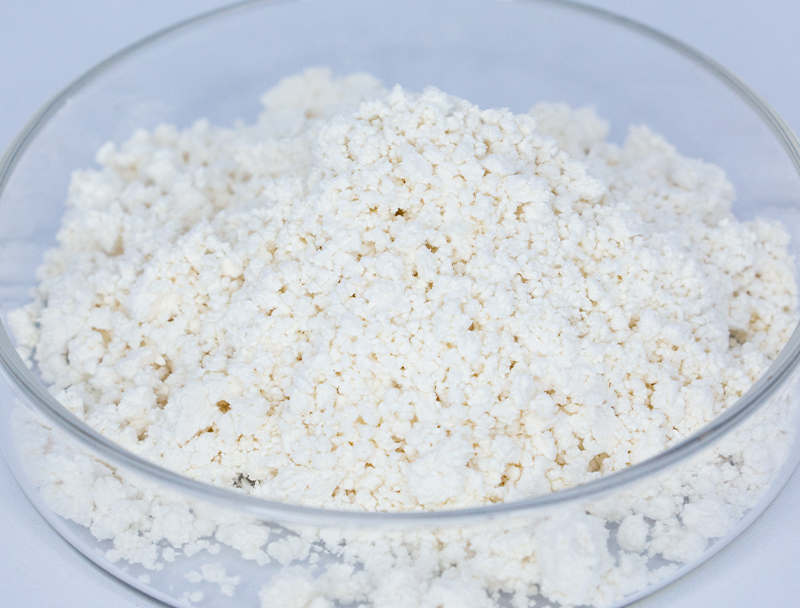
Innovations in Gene Editing for Improved Biopharmaceutical Yield
refinements in gene-targeting technologies have advanced protein production workflows. By precisely targeting genes within host organisms, researchers can enhance the yield of valuable therapeutic proteins. This capability can unlock development of cost-efficient, high-performance biologics for many conditions.
Using Microbial Systems for Site-Specific Remediation
forward-looking microbial interventions for environmentally friendly decontamination. Microbial species can metabolize and convert hazardous compounds into benign byproducts.. Using microbial biotechnology enables remediation strategies that balance effectiveness with ecological protection. Research teams analyze microbial diversity to find candidates that metabolize heavy metals, break down pesticides, and treat oil-contaminated matrices.. They can be integrated into bioreactor platforms or introduced in the field to stimulate microbial breakdown of hazardous compounds..
Biological remediation using microbes yields meaningful benefits compared to conventional strategies. This method provides a low-cost, low-waste alternative to conventional remediation. In addition, microbial approaches enable pollutant-specific treatment without broad ecological disruption. Research progresses swiftly to enhance microbial remediation efficiency and practical effectiveness.
Bioinformatics' Impact on Drug Design
Informatics platforms are essential to current drug discovery and development pipelines. From target selection to safety profiling, bioinformatics empowers rapid, data-informed therapeutic design.
- Via examination of genomic, proteomic, and clinical datasets, researchers pinpoint targets and project drug activity.
- Likewise, computational docking and dynamics help design molecules with improved target engagement and potency.
- Ultimately, informatics is transforming R&D and shortening timelines to deliver safe, efficacious therapies to patients.
Metabolic Design Approaches to Boost Bioproduct Yields
uses diverse methods to increase biosynthesis of target bioproducts in organisms. Methods might combine targeted gene changes to rechannel flux, regulatory element design to control expression, and exogenous gene introduction to provide fresh capabilities.. With precise metabolic tuning scientists can greatly enhance yields of desired compounds.
Such an integrated approach may disrupt diverse fields including therapeutics, crop science, and sustainable fuels.

Challenges and Opportunities in Scaling Up Biopharmaceutical Production
Commercializing biopharma production involves significant constraints and promising benefits. A primary obstacle is ensuring uniform quality control as volumes rise. Meeting the need calls for dependable control systems, granular monitoring, and cutting-edge analytical methods.
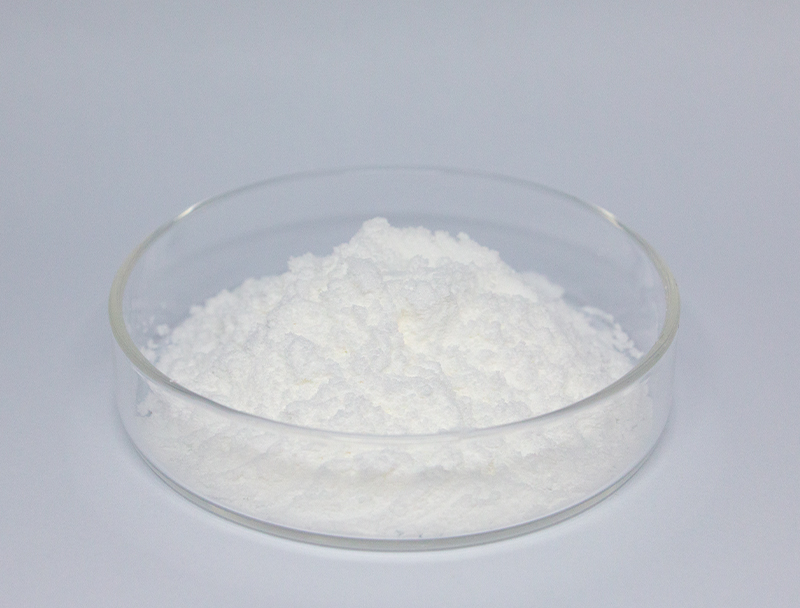
A further difficulty lies in process complexity, with many interdependent production phases.. Transforming bench processes into industrial practice requires sustained research and engineering innovation. Even so, GABA the payoff can be large. Achieved scale can widen availability of treatments, lower manufacturing costs, and boost financial returns.
Various efforts target the core issues of industrialization. Programs comprise advanced optimization systems, real-time process monitoring tools, and innovative production strategies.
- Technology development efforts underpin advances in production capability.
- Regulators are reforming approval systems to facilitate adoption of advanced manufacturing and nurture innovation.
Understanding Regulatory Oversight to Ensure Biopharmaceutical Quality
Creating biologic medicines requires strict regulatory controls to maintain both patient safety and therapeutic value. Products of biological origin introduce specific challenges that differ from standard drug development.
Organizations like the FDA and EMA provide essential guidance and set standards for authorizing novel biotherapeutics..
Thorough testing frameworks are compulsory during all stages of development including after market release.. These controls function to identify dangers and ensure biopharmaceuticals achieve premier safety standards..
Similarly, regulators iteratively adjust approaches to accommodate emerging biopharmaceutical breakthroughs.. Programs embrace modern technologies and foster development speed while maintaining patient-centered safeguards.

Assessing Plant Biomass Pathways for Bioplastic Innovation
A stronger push for environmentally responsible materials is driving research into renewable options. Using plant feedstocks to make bioplastics gives a promising direction for sustainable material development. Sources like cornstarch, cellulose fibers, and sugarcane biomass can transform into compostable plastics that decompose and reduce pollution.
Concurrently, several bioplastic formulations approximate conventional plastic traits and serve wide-ranging applications. Continuous development will unlock plant biomass value for sustainable bioplastic production and support circular systems.
Biotechnology's Potential to Transform Health and Food Supply
Biotech provides transformative capabilities that can change healthcare outcomes and strengthen food systems. Via genetic modification, synthetic design, and therapeutic cell technologies, researchers build solutions to control infections, increase crop productivity, and enrich food quality.. A concrete example includes modified crops engineered for pest and stress tolerance that yield more while decreasing pesticide needs. Also, biotechnological innovation fuels development of immunizations, antimicrobial treatments, and diagnostic platforms vital for disease control and population health.. With ongoing research, biotech is positioned to enable broad improvements in health and food security that serve global populations.
